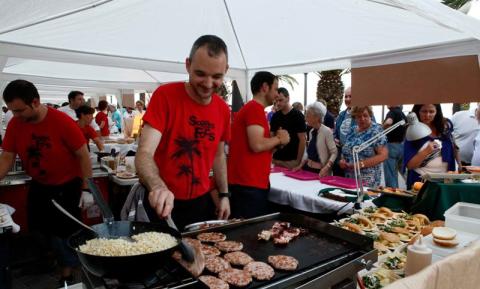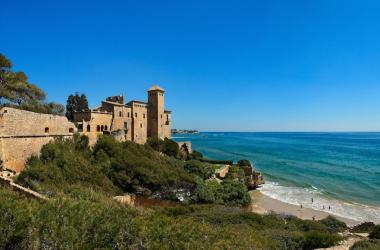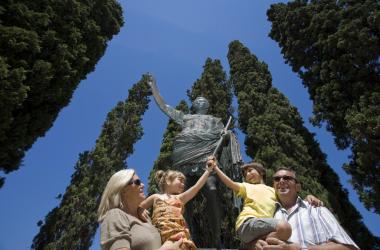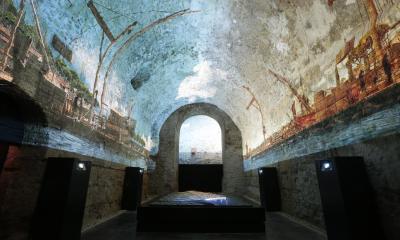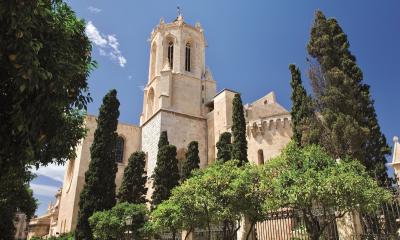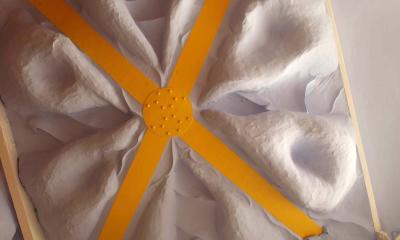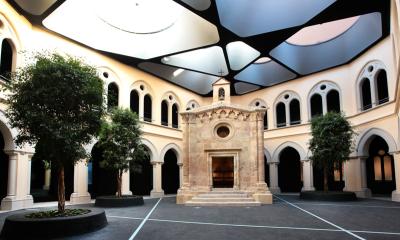- Discover
-
What's on?
-
Gastronomic Tarragona
- Where to eat
- Roman gastronomy
- Oranges in winter, tomatoes in summer. Tarragona's municipal Markets
- Breakfast with "folre i manilles" (Second and third level of the human towers)
- As many 'romesco' sauces as lives. 'Romesco' cuisine in El Serrallo
- The 'marinada' wines. DO Tarragona
- If you run out of wine, you pay for the round. The Embutada festival
-
Gastronomic Tarragona
- Get organised
-
Proposals

